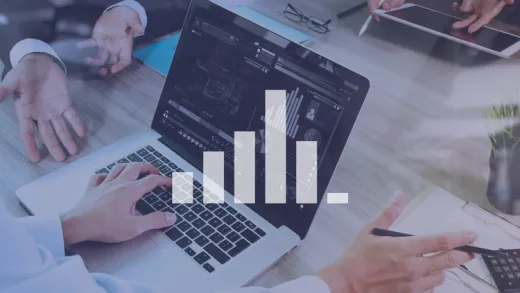Brief Summary
This course is like your buddy in the world of Big Data and Business Intelligence, helping you get your hands dirty with real projects and learn the ropes from scratch. It's super chill and easy to follow!
Key Points
-
Hands-on training in data gathering and cleaning
-
Building and structuring datasets using various software tools
-
Running data analysis with regression techniques
Learning Outcomes
-
Understand Big Data and its significance in business today
-
Build and structure datasets effectively
-
Conduct thorough data analysis and interpret results confidently
About This Course
Everything You Need To Know About Big Data and Business Intelligence for the Modern Workplace
This course is broken up into four modules.
The first module will prepare participants to begin business intelligence projects at their own firm. The focus of the course is a hands-on approach to gathering and cleaning data. After taking this course, participants will be ready to create their own databases or oversee the creation of databases for their firm. The focus in this course is on “Big Data” datasets containing anywhere from tens of thousands to millions of observations. While the tools used are applicable for smaller datasets of a few hundred data points, the focus is on larger datasets. The course also helps participants with no experience in building datasets to start from scratch. Finally, the course is excellent for users of Salesforce, Tableau, Oracle, IBM, and other BI software packages since it helps viewers see through the “black box” to the underlying mechanics of Business Intelligence practices.
The second module will prepare participants to begin business intelligence projects at their own firm. The focus of the course is a hands-on approach to structuring data including generating new variables based on comparative and relative metrics. The structuring of these variables will be done in Excel, SAS, and Stata to give viewers a sense of familiarity with a variety of different software package structures. The focus in this course will be on financial data though the techniques are also applicable to more general forms of data like that used in marketing or management analyses.
The third module will prepare participants to begin running data analysis on databases. Both univariate and multivariate analysis will be covered with a particular focus on regression analysis. Regression analysis will be done in Excel, SAS, and Stata to give viewers a sense of familiarity with a variety of different software package structures. The focus in this course will be on financial data though the techniques are also applicable to more general forms of data like that used in marketing or management analyses.
The fourth and final module will prepare participants to review, analyze, and make decisions based on results from business intelligence projects. The course will cover reading and interpreting regression analysis. The course will also give participants the skills to critically analyze and identify potential limitations on analysis. The course will also cover predicting changes in business outcomes based on analysis and identifying the level of certainty or confidence around those predictions. This paves the way for future detailed courses in predictive analytics.
Describe the purpose and uses of Business Intelligence & Big Data in the business world today
• Identify the terminology used in Big Data and quantitative analysis programs in general
• Build a dataset based on gathering data from multiple sources and merging those databases into a single unified set





Carlo V.
The course has a financial orientation; it is understandable even for a non-mother tongue speaker.
Very basic slides with text and a few screenshots.
Some concepts are repeated several times.
I was not particularly satisfied.